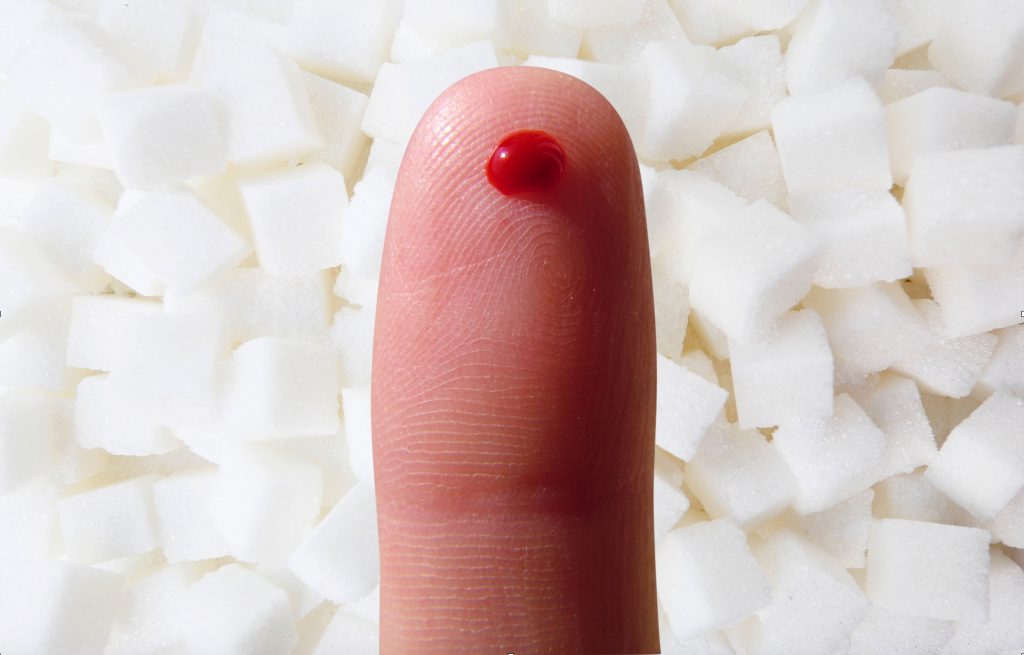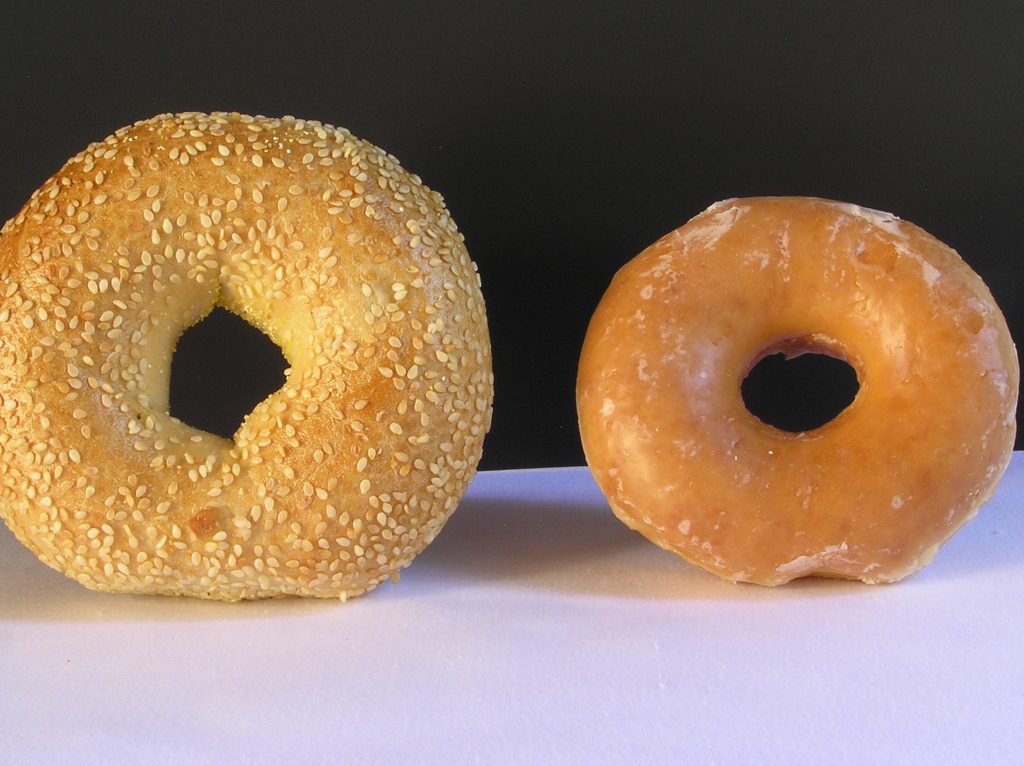When it comes to diet and diabetes, carbs get all the attention. But did you know that red meat also factors into the risk of diabetes?
Spoiler alert: more meat is not better.
We all know that diabetes is a condition that centers around sugar. Glucose levels build up in the blood, a situation aggravated by eating sugary and starchy foods. So, why does meat, completely devoid of carbs, have anything to do with diabetes?
Total Red Meat and Risk of Diabetes
According to a Harvard study of over 4 million patient-years, each daily serving of red meat increases the risk of diabetes by 14%. For the many Americans who eat red meat with both lunch and dinner, that amounts to a 28% boost in the chance of becoming a diabetic from the meat alone.
Why does meat increase diabetic risk? The answer isn’t entirely clear, although there are some leading theories. One is that the particular type of iron in meat, heme-iron, is toxic to the pancreatic cells that make insulin. Certain of the saturated fats in meats might also interfere with the body’s ability to handle sugar.
Processed Meats and Diabetes
The diabetes risks that apply to red meat in general are further magnified with processed meats, like bacon, sausage, and hot dogs. Each daily serving of these processed meats increases the chance of becoming a diabetic by a whopping 32%.
The unsavory risk of diabetes in processed meats is presumed related to the much higher level of sodium (about 4 times higher in processed vs. red meats). In addition, processed meats have about 50% more nitrates and nitrites, compounds that interfere with the production and use of insulin by the body.
Meat Substitutions to Lower Diabetes Risk
The most important strategy is to completely stop eating processed meats like bacon, sausage, and bologna. They are strongly linked to both diabetes and heart disease.
A secondary goal is to cut down on all red meats. Some interesting calculations have been made to show the expected gains from replacing red meat with other healthier sources of protein. For example:
- 1 cup brown rice per day instead of one serving of red meat = 35% lower diabetes risk
- 1 serving of fish per day in place of one serving of red meat = 25% lower diabetes risk
Other great meat substitutions are beans and nuts.
Diabetes Prevention in Perspective
The best strategy to avoid type 2 diabetes is to manage your weight as much as possible and to be physically active. Although the specifics of diet generally revolve around eating fewer and higher quality carbs, other factors, including your main source of protein, are also important. Sausage and hot dogs are links to diabetes you can do without.
References:
Processed vs. Unprocessed Meat
Interested in eating better for your own health?
Learn the essentials of good nutrition in our interactive, user-friendly nutrition learning program for the public.
Clinicians: Do you feel confident responding to patient questions about nutrition?
Take our award-winning condensed interactive nutrition CME—and learn what every clinician should know about nutrition.



